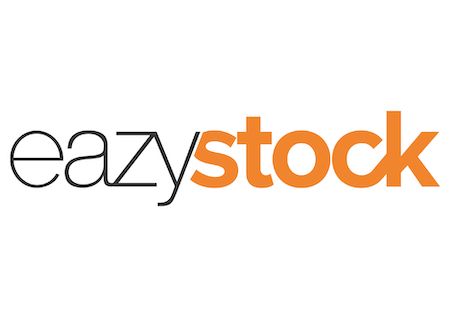One global event can throw stock management out of sync, but facing a pandemic, Brexit, delays at manufacturing sites, container shortages, and a lack of raw materials can make even the most resilient inventory managers assess their career choice.
These simple steps can help you manage your stock levels, even in a crisis.
Stockout reports
Risk of Stockout spreadsheets
Do you know which stock items are most likely to run out? When? And by how much? By setting up a simple Risk of Stockout spreadsheet, you can gain valuable insight. Add some simple KPIs, and you can produce a stockout report to help you understand any potential stock challenges and what you can do to limit the consequences.
Set up your spreadsheet with:
- Current stock items – including those on order and in transit
- Demand forecasts
- Lead times
Then work out your number of stock days to see when stock will fall below a critical level or run out. You’ll then be able to calculate:
- Shortfall time – total days you will be out of stock
- Maximum shortfall time – longest period you will be out of stock
- Shortfall quantity – total number of out-of-stock units
- Maximum shortfall quantity – highest number of out-of-stock units.
Inventory optimisation software
If you’re thinking, ‘there must be an easier way’ – you’re right. An inventory optimisation tool like EazyStock will automate your risk of stockout calculations, avoiding time-consuming manual interaction, giving you more time for strategy and planning.
By connecting to your current stock management system, EazyStock consolidates your stock data, including lead times, demand forecasts, supplier lead times, cost-effective order quantities, and safety stock levels. It will also use ABC analysis to classify your inventory to identify the most critical items to your business and provide a risk of stockout report with one click.
Limiting the impact of stockouts
All this information can now help you to put plans in place to mitigate stockouts, which could include:
- Relocating stock from low-demand warehouses.
- Adding order limits or increasing eCommerce prices.
- Fast-tracking an emergency order or expanding your supplier network.
- Holding back stock for critical accounts.
- Letting customers know of any issues, providing alternative solutions where possible.
Preparing the right systems and data can optimise your stock levels to maintain high service levels and stock availability targets.
To learn more about how EazyStock can support your inventory management processes and help better manage supply chain disruption, please request a demo.
This guest blog has been provided by Affiliate member, EazyStock
